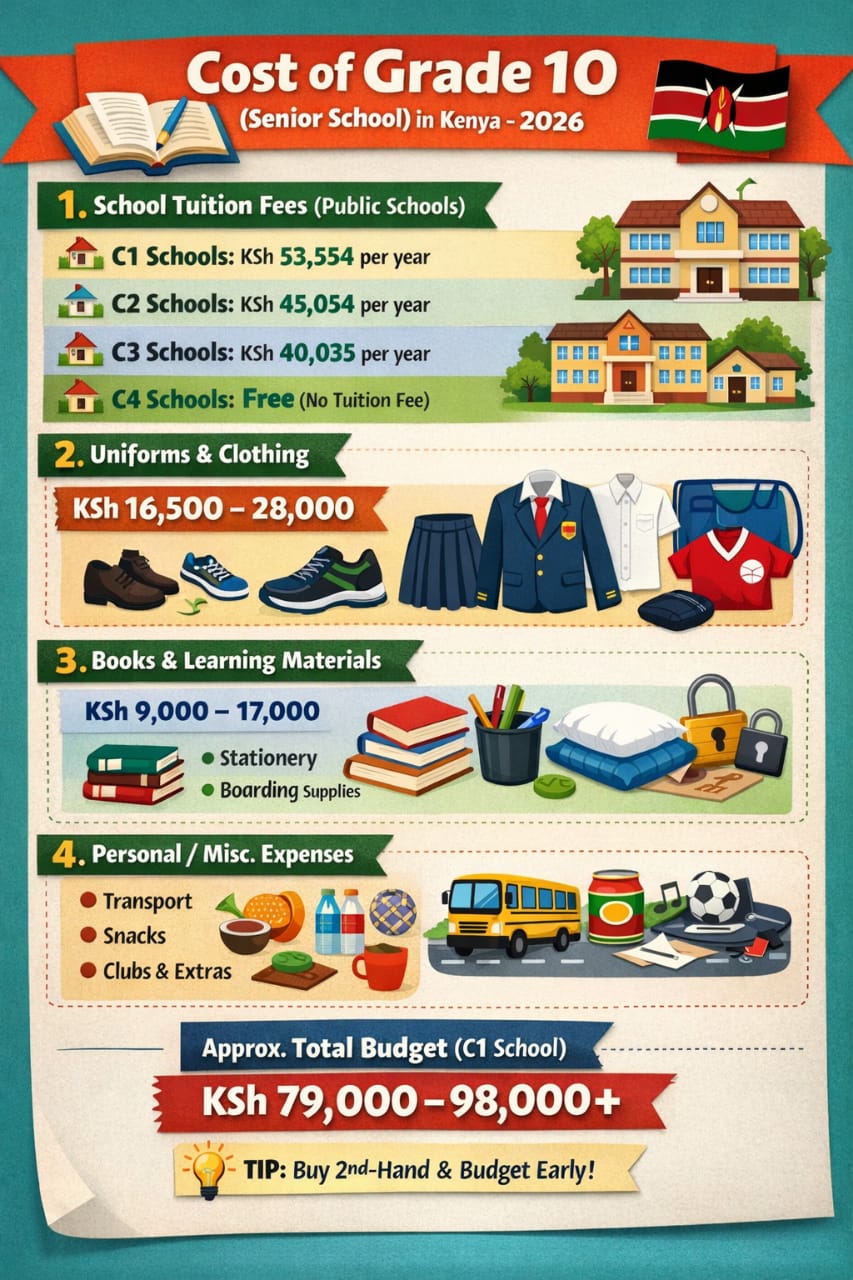In most cases, a child is introduced to basic reading right at pre-school through well-thought-out literacy programmes. This is because reading is one of the core competencies in language taught alongside listening, writing and speaking.
Literacy is all about reading and writing. At all levels, teachers use core-course books to implement the main curriculum. Progressively, in primary school, learners read storybooks. In secondary school, Form Ones and Twos read class readers spelt out by KICD – architects of the school curriculum. In Forms Three and Four, there are examinable KCSE set texts. Next, children read self-help or how-to books, sacred scriptures, newspapers and magazines.
Somehow, when you read The Jewish Phenomenon by Steven Silbiger and Jewish Wisdom for Business Success by Rabbi Levi Brackman and Sam Jaffe, you will ascertain that Jews use that route in building the verbal-linguistic intelligence and confidence in children. Jews introduce children to books such as Torah, Talmud, Mishna, Midrash, Zohar and Kabbalah. For instance, Torah are the first five books of the Old Testament — Genesis, Exodus, Leviticus, Numbers and Deuteronomy. Talmud is detailed rabbinical commentary on the Bible. Mishna contains laws for prayers, religious observance and everyday living.
Splendid indeed, there are several benefits of reading. Reading is a great exercise to the brain. Reading keeps the mind fit like a fiddle. Reading prevents cognitive decline at old age. Reading is meditative hence a stress-buster. Reading is one of the right forms of reflection. Reading is a form of self-care through self-isolation. Reading builds vocabulary and enriches the word bank. Reading adds glamour to grammar. Reading about trials and triumphs of others sometimes makes people empathetic and altruistic. Reading expands ken of knowledge. Reading is a source of winsome wit and wisdom. Reading expands the attention and concentration span. Reading builds massive powers of memory. Reading is a form of edutainment. Reading entertains and educates. Reading exposes people to other worlds. Reading ushers people to the unknown world of fantasy. Reading, to children, enhances content mastery and retention ability, which leads to success in exams. Most avid readers amount to better writers and orators (rhetors).
Consequently, there is a way ravenous reading habit makes people imaginative, creative and innovative. Reading makes and moulds great thinkers. Reading builds the three strands of thinking: Critical, creative and decision-making. Somewhere I read, this world thronged by several adults, only 5% think, 15% think they are thinking, and 80% do not think at all. Therefore, in case we want to make our children to be great thinkers in adulthood, then we should introduce them to heroic books. Somewhat, passionate readership of books, churns out veritable thinkers.
ALSO READ:
Transitioning to asynchronous online learning in Kenyan TVET institutions
A classic case is Dr. Benjamin Carson. As a child, he was a poor performer in class. Where was the turning point? Somehow, the mother, Sonya Carson had a candid conversation with him. From her sound assessment, she ascertained that Ben was a poor reader. Perhaps, he valued music and movies more than real sources of knowledge — Books. When Ben heeded to his mom’s advice of reading and reviewing books, his performance soared. Ben later became a neuro-surgeon and putative author. Therefore, the discipline of reading during childhood made Ben a great thinker.
Another excellent example is Albert Einstein. Through sheer work and luck, he became a top-flight Physicist-cum-Mathematician. At age 26, became the creator of The Theory of Relativity that ushered in the Atomic Age. More importantly, his Jewishness played an integral role in this great feat and achievement. During his adulthood, reminiscing on his childhood, he realised he read popular science books during childhood.
Again, reading starts with skimming and scanning. In skimming, the reader goes through text briefly before deciding whether to read the whole of it or not. Scanning is the technique a reader uses to locate specific bits of information in the text.
Furthermore, Janet E. Gardener writes something sensible in her heroic book titled Reading and Writing about Literature: Reading becomes useful when the reader focuses on useful reading skills. One, is re-reading, which is repetition; the mother of all memories. Nassim Nicholus Taleb put it aptly, “A good book gets better at the second reading, a great book at the third reading. No book is quite the same when you read it again.” Two, there is textual marking, where the reader underlines key words, phrases and statements while enjoying great texts. Three, there is textual annotation, where the reader annotates the text and jots down important points on the margins. Four, is note-making, which entails reading with a notebook in close-range, where one can make short notes. Five, is the wise use of reference material such as a dictionary. Six, is intensive reading, where the reader should dive deep into reading, giving it all the meticulous attention. Seven, is extensive reading, which is reading for pleasure purposes.
© Victor Ochieng’
The writer is a ravenous reader. vochieng.90@gmail.com. 0704420232
You can also follow our social media pages on Twitter: Education News KE and Facebook: Education News Newspaper for timely updates.
>>> Click here to stay up-to-date with trending regional stories
>>> Click here to read more informed opinions on the country’s education landscape






